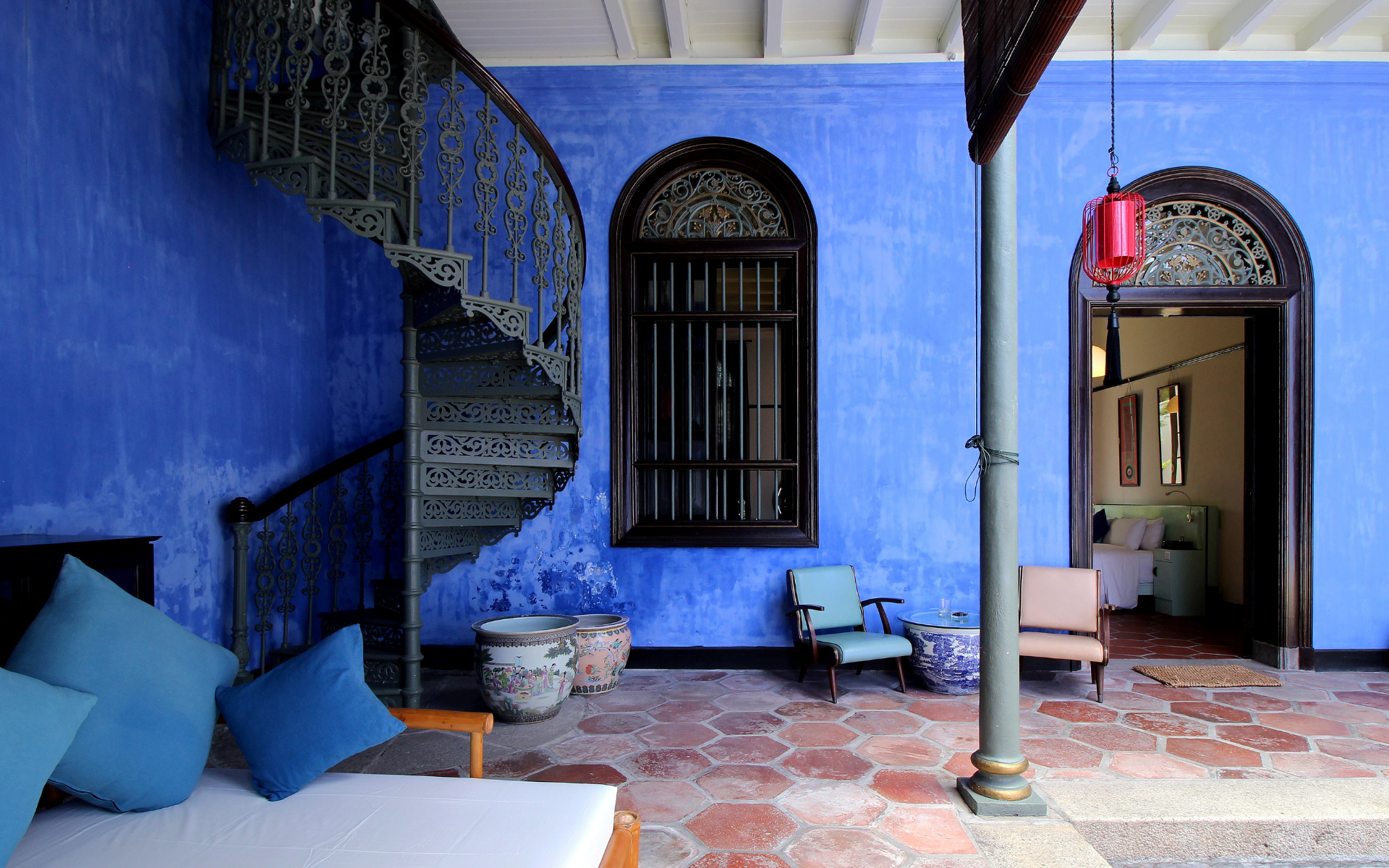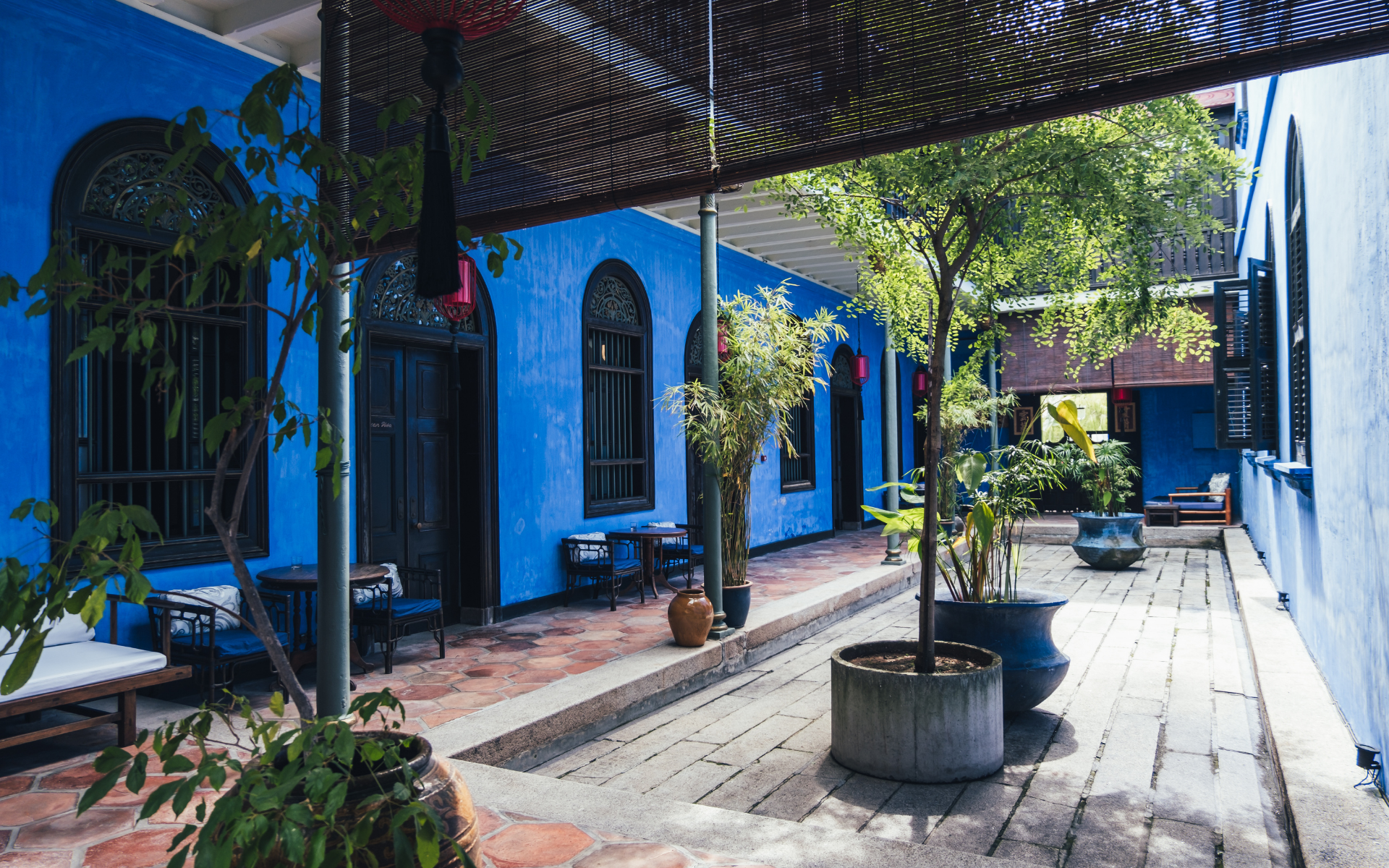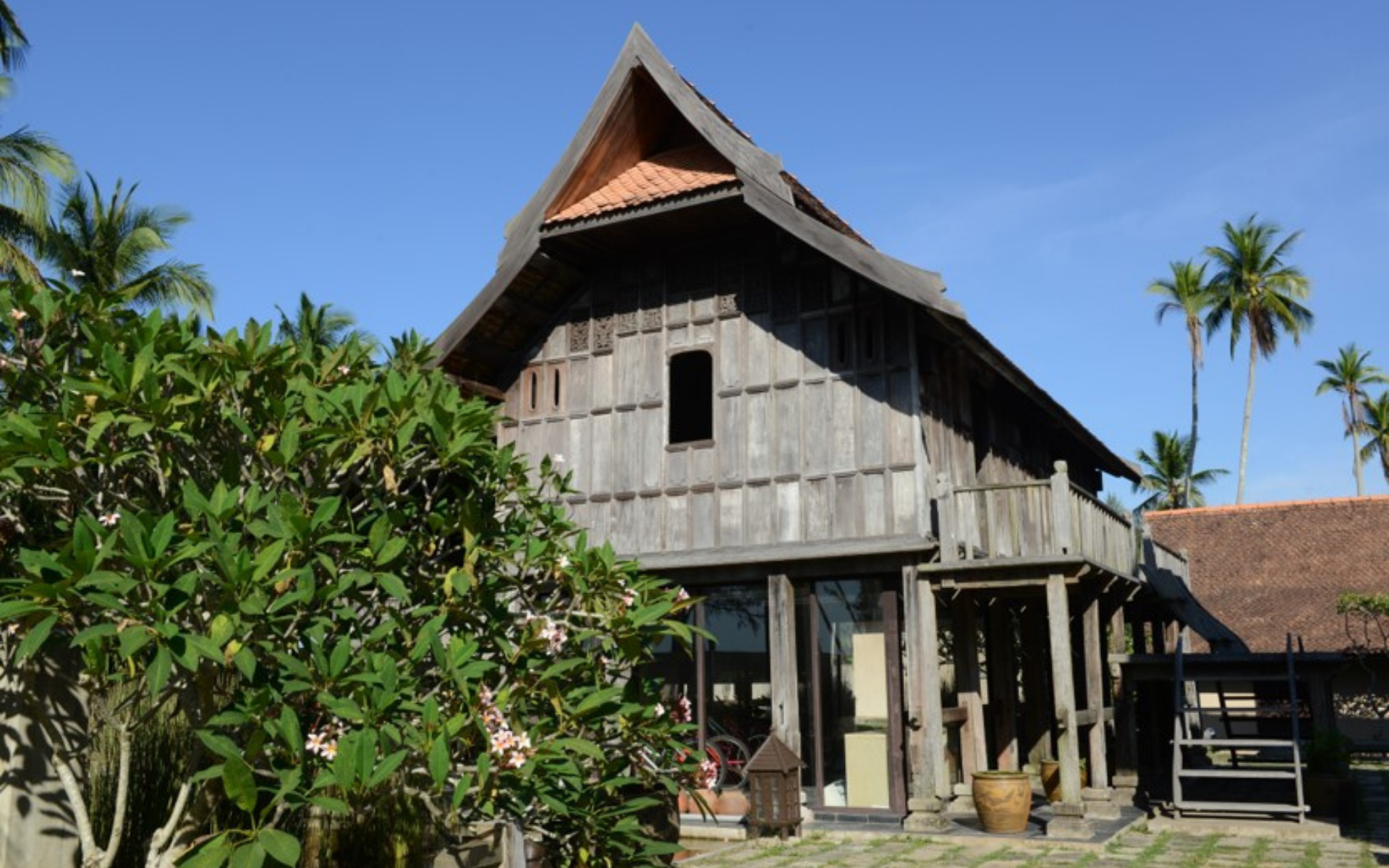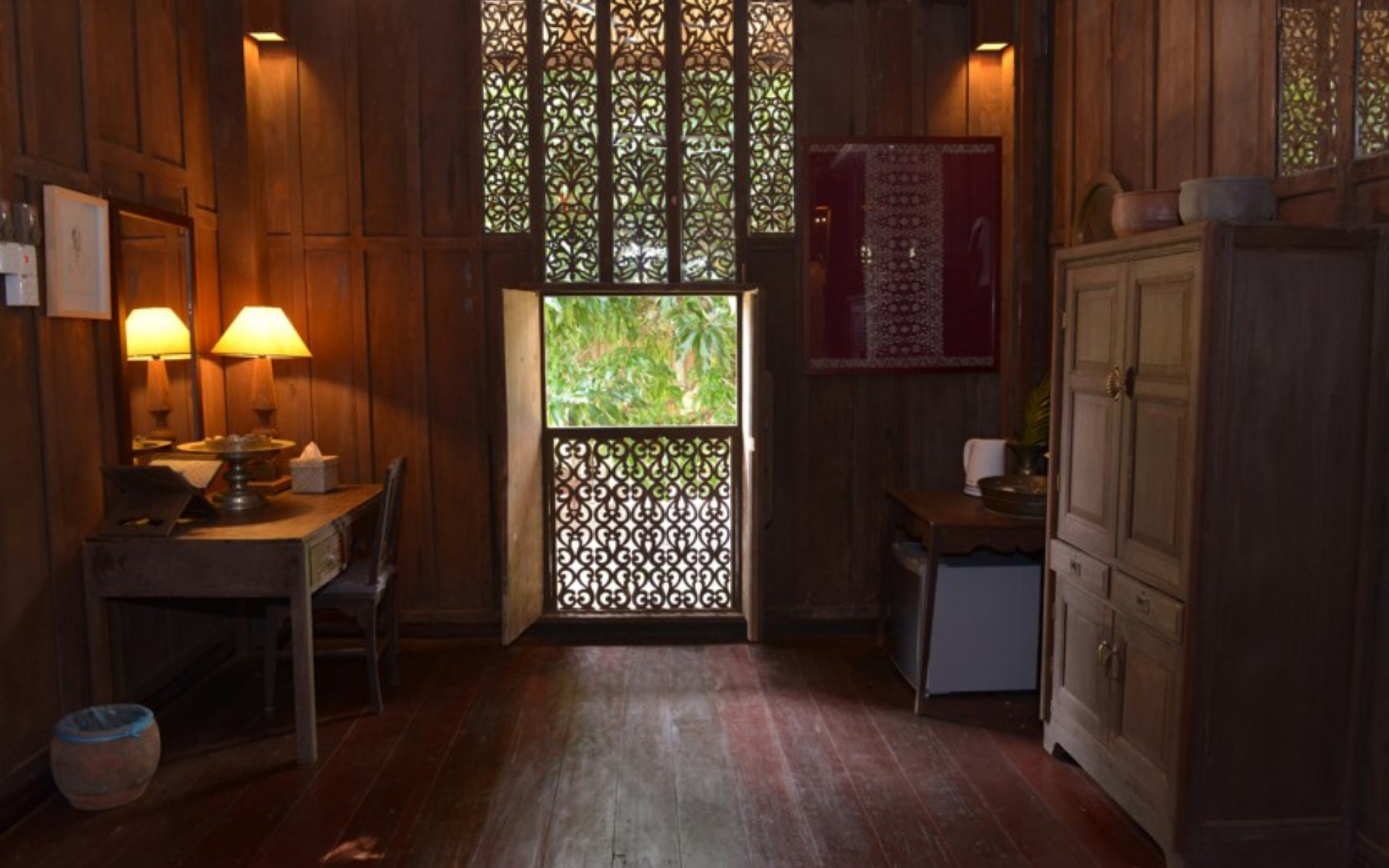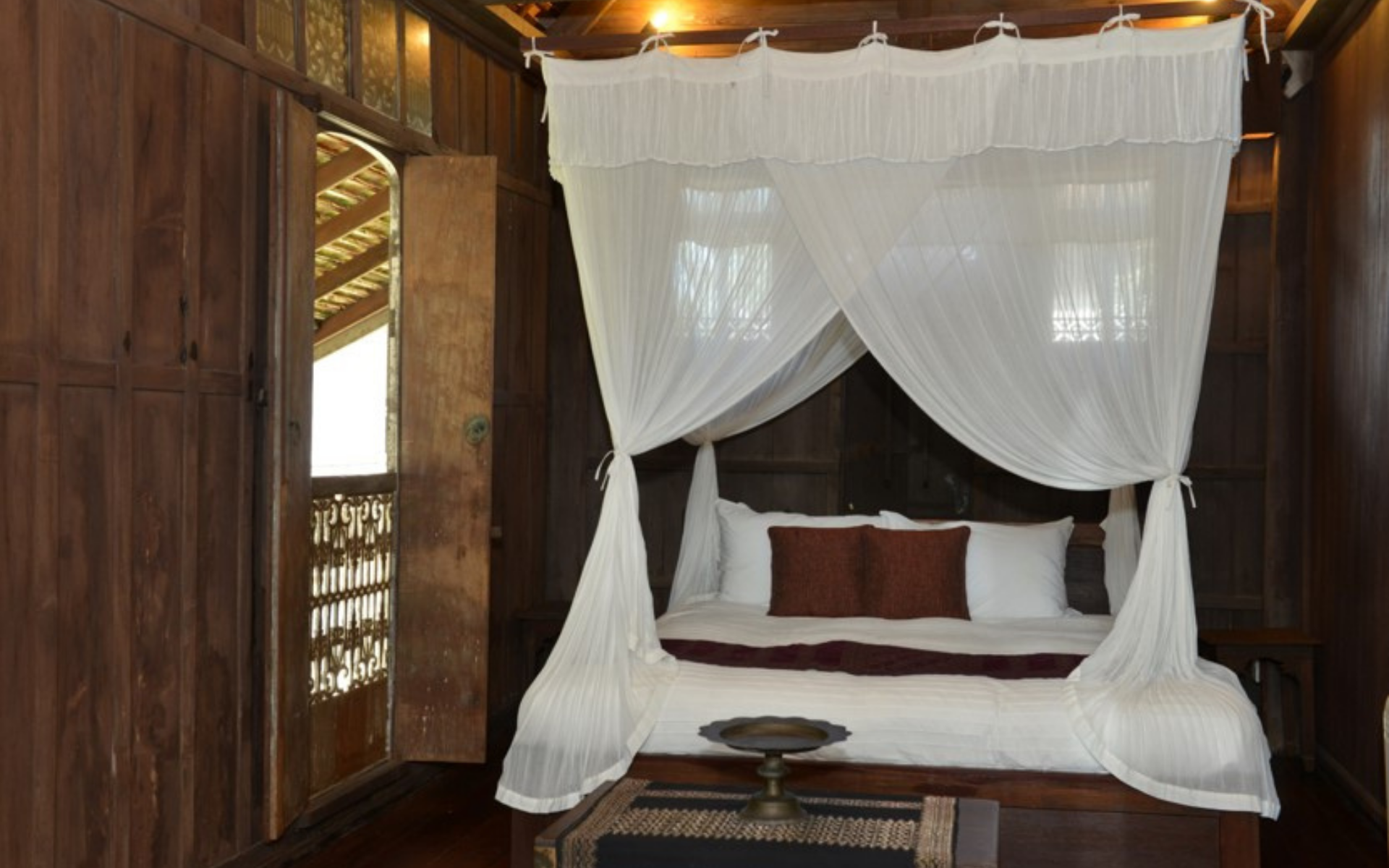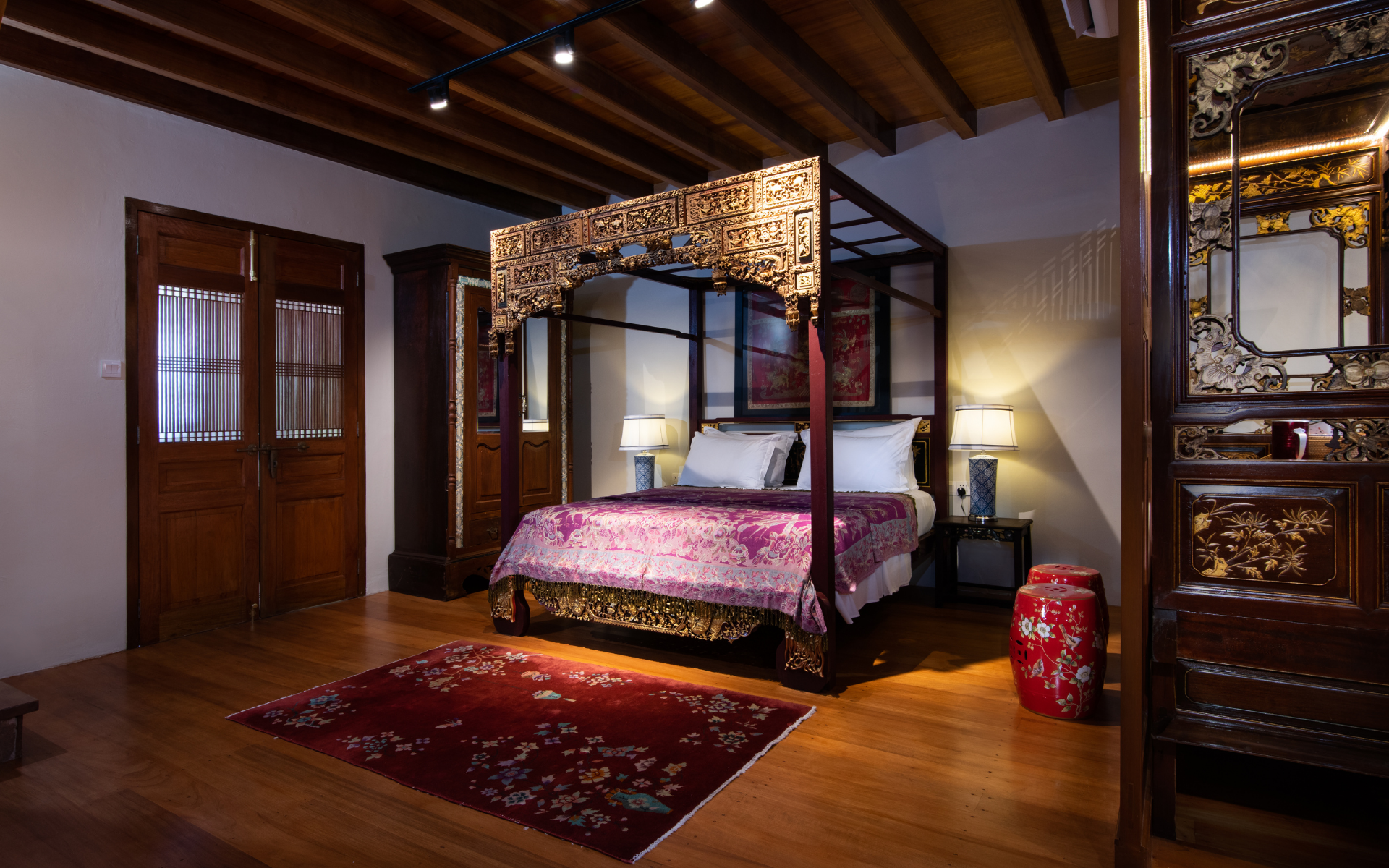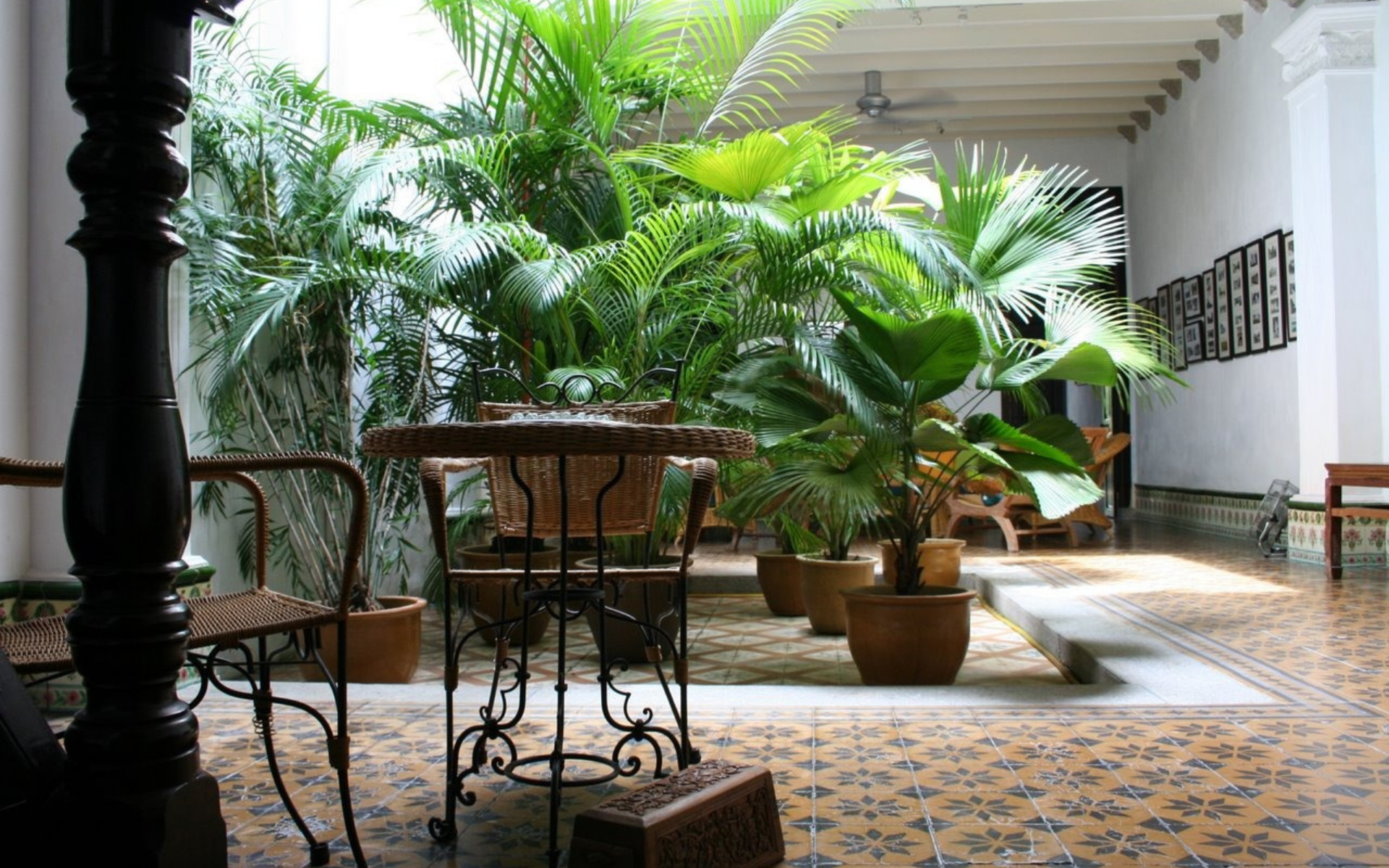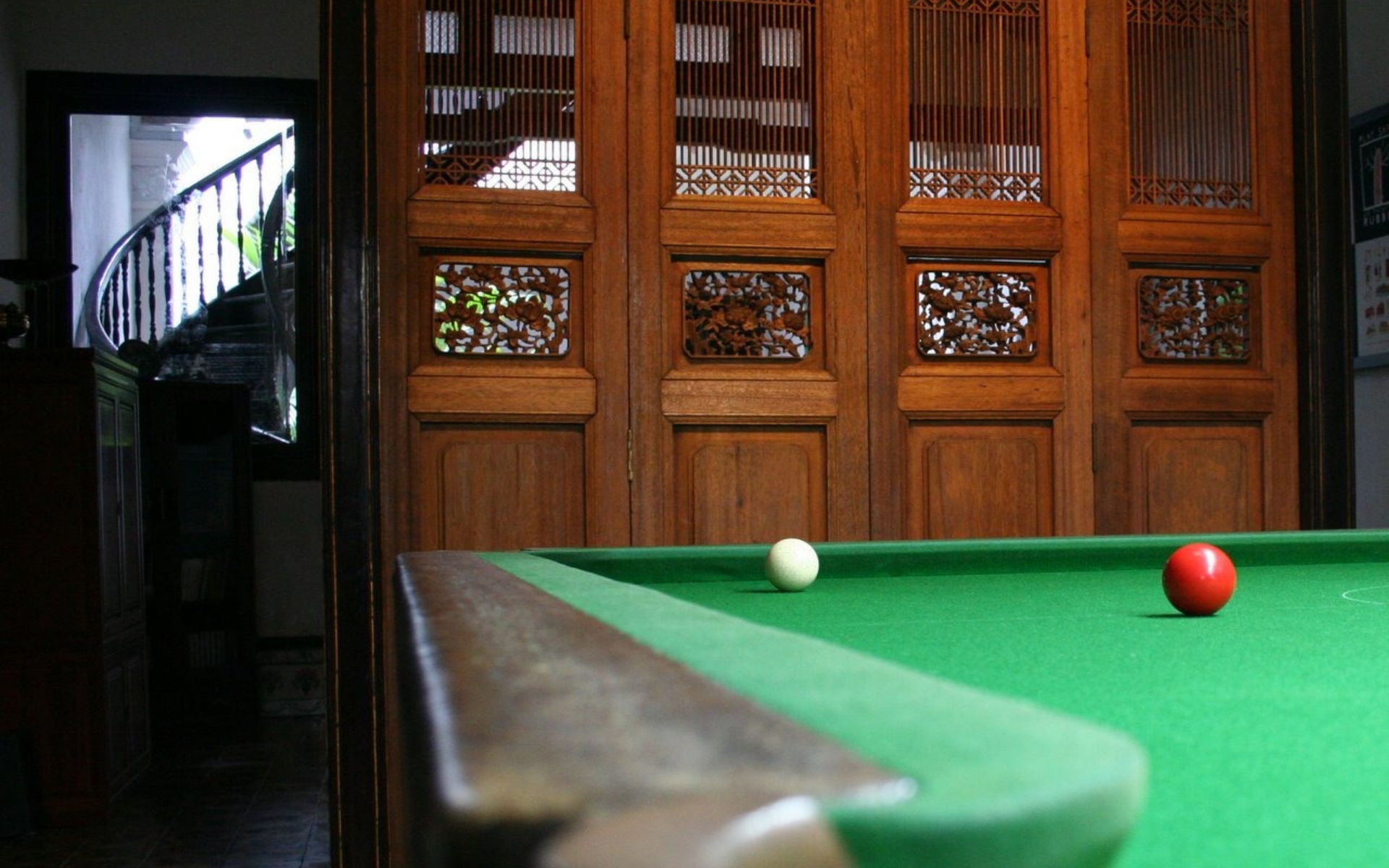From a curated collection of traditional Malay houses to a 19th century merchant's mansion, these heritage stays are more than just hotels; they are destinations in their own right
Hotels are all about fantasy. For one night even the most modern mister can bed down in a romantic four-poster complete with mosquito netting or indulge in a lavish bath amidst mountains of bubbles. Some hotels weave this fantasy better than others. Here are four destinations where you can be immersed in an authentic slice of culture.
See also: Meet The Malaysian Architects Rebooting Heritage Buildings
Cheong Fatt Tze Mansion, Penang
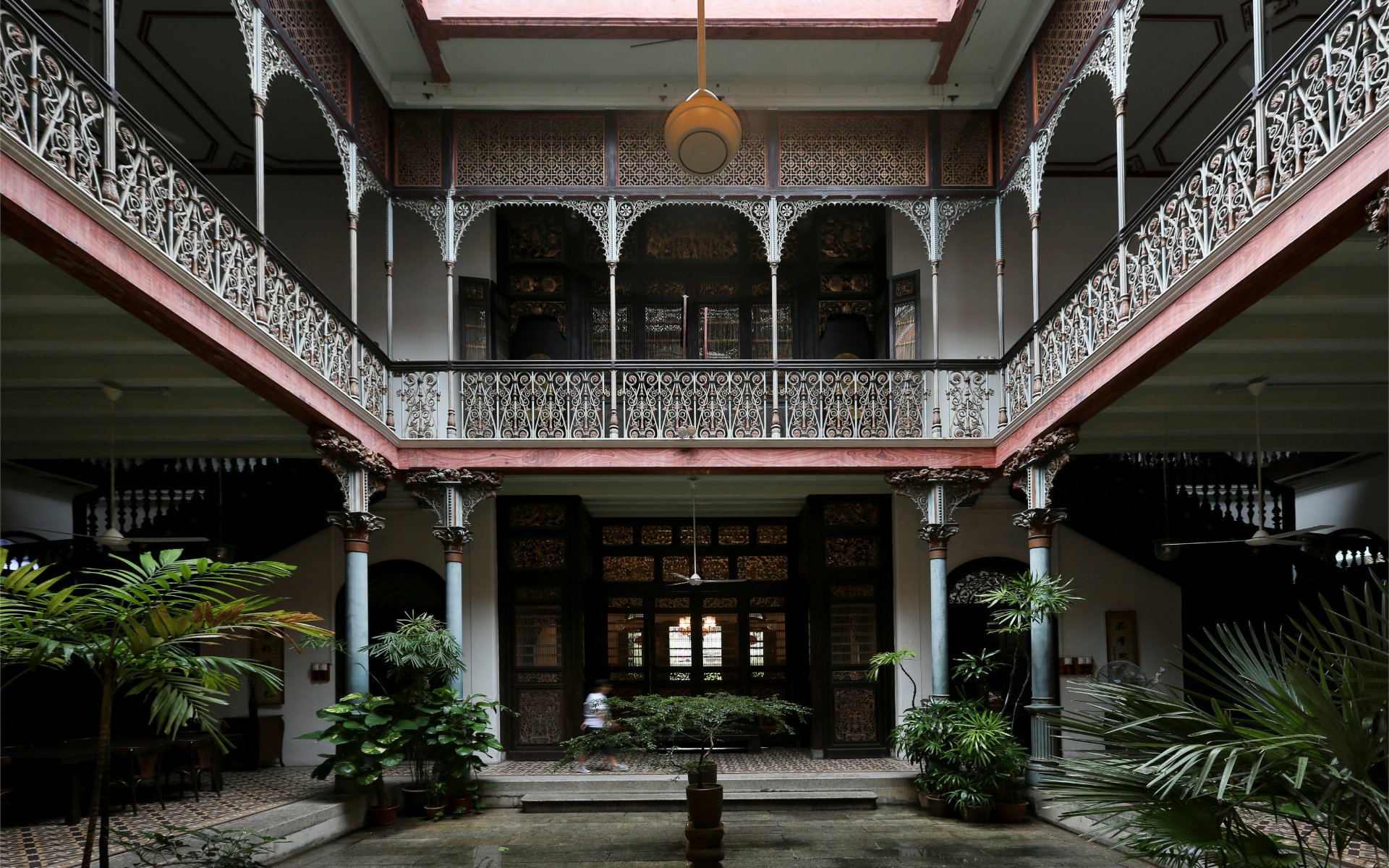
A stunning Penang landmark, the Cheong Fatt Tze Mansion is one of the most Instagrammed buildings in Malaysia. Looking at its surreal Indigo facade and impeccably restored design elements, it's not hard to see why. Once the home of a Chinese businessman whose influence and fortune was so vast, he was known as the Rockefeller of the East. The mansion was built in the late 19th century when Cheong aspired to house his descendants in a home that personifies majesty and elegance.
See also: Live Like A Crazy Rich Asian At The Cheong Fatt Tze Mansion In Penang

